At Ingedata, we specialize in delivering high-quality visual data that meets the rigorous demands of computer vision projects. Our teams ensure consistent annotation accuracy, scalability, and deep domain understanding across industries—so your models perform reliably in real-world environments.
At Ingedata, we understand that exceptional AI performance starts with the right training data—and that means working with the right annotators. Our teams are carefully assembled based on your project’s domain, ensuring they bring in-depth knowledge of the visual classes they are tasked with labeling. Whether you're working on semantic segmentation, cuboid detection, landmark recognition, or other image recognition technologies, our experts are trained to handle complex, nuanced data with precision.
From raw images, we create accurate, production-ready datasets for computer vision models that require technical expertise and contextual understanding. Our strength lies in combining human intelligence with efficient annotation tools, allowing us to manage large-scale projects involving rare or highly specific visual classes. This ensures your models are trained on consistent, reliable, and relevant data—so they perform better in the real world.
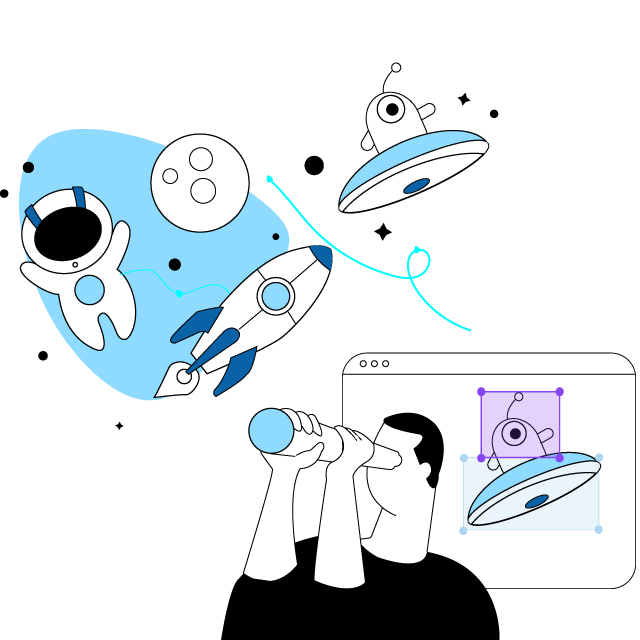
One of the leading data annotation solutions, designed for the production of labeled datasets for AI. Quality training data for your computer vision algorithms, fast. Scale up your productivity with hundreds of image annotation tools for object recognition including bounding box, semantic segmentation, polygon, 3-D point cloud, landmark positioning and image classification. Our machine learning experts label images from satellite photos to health X-ray analysis.
Classification of images with single or multiple labels. Classification is performed following a list of classes that was previously consolidated with the relevant domain experts to ensure the market fit of your model.

Bounding box is one of the most common segmentation techniques to outline the shape of objects by defining its X and Y coordinates. Bounding boxes are fast to draw, but might include some elements of background that lower the detection accuracy of your model.
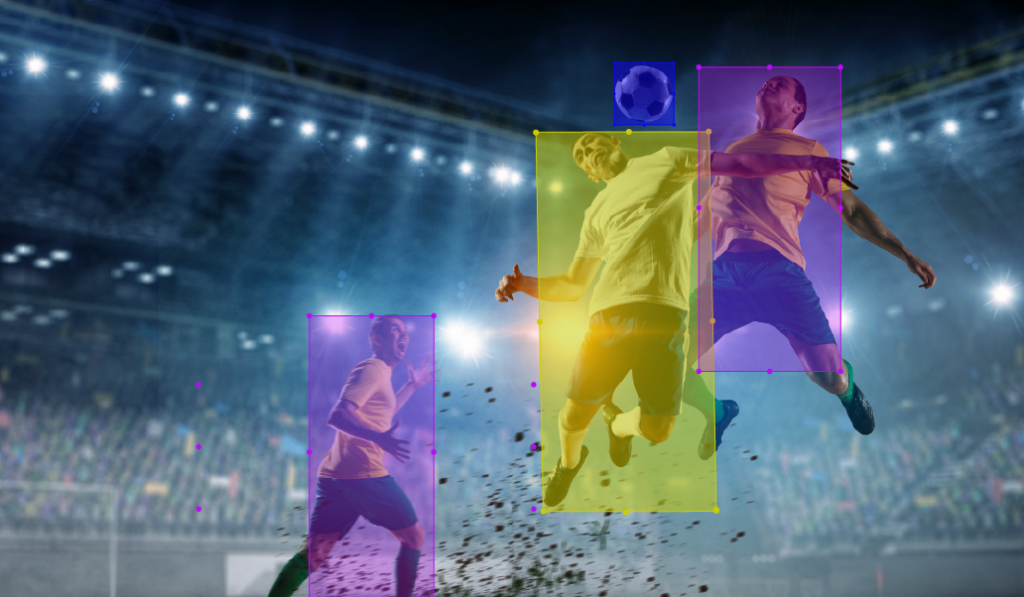
Mostly used for face recognition, posture analysis and eye tracking applications, our landmark positioning techniques follow anatomical rules that ensure that your model is trained with accurate point locations.
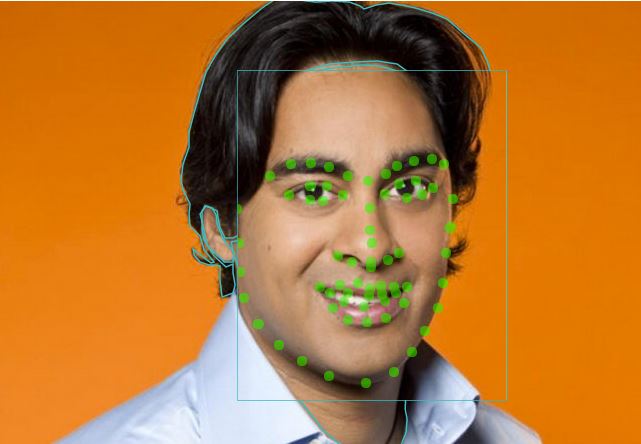
Lines and polylines are used to segment rectilinear and curvilinear objects such as road markings. Lines and polylines provide a good compromise between segmentation speed and accuracy, but only apply to these specific shapes.
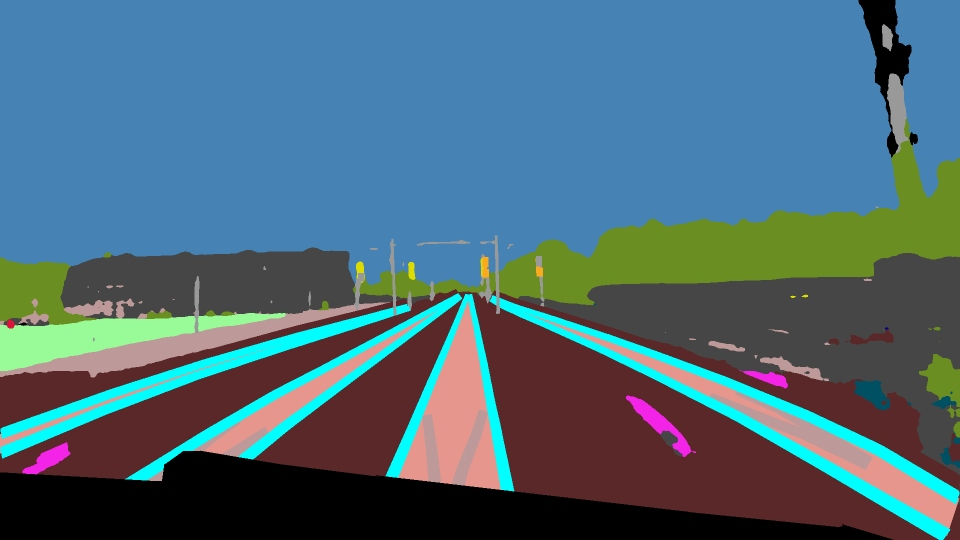
Polygons are a very popular segmentation technique to accurately outline an area of interest and exclude elements of background that would lower the performance of your computer vision model. Polygons are not as accurate as semantic segmentation but are much faster to draw, making them a strong option to train your model with both accurate and high volume annotations.
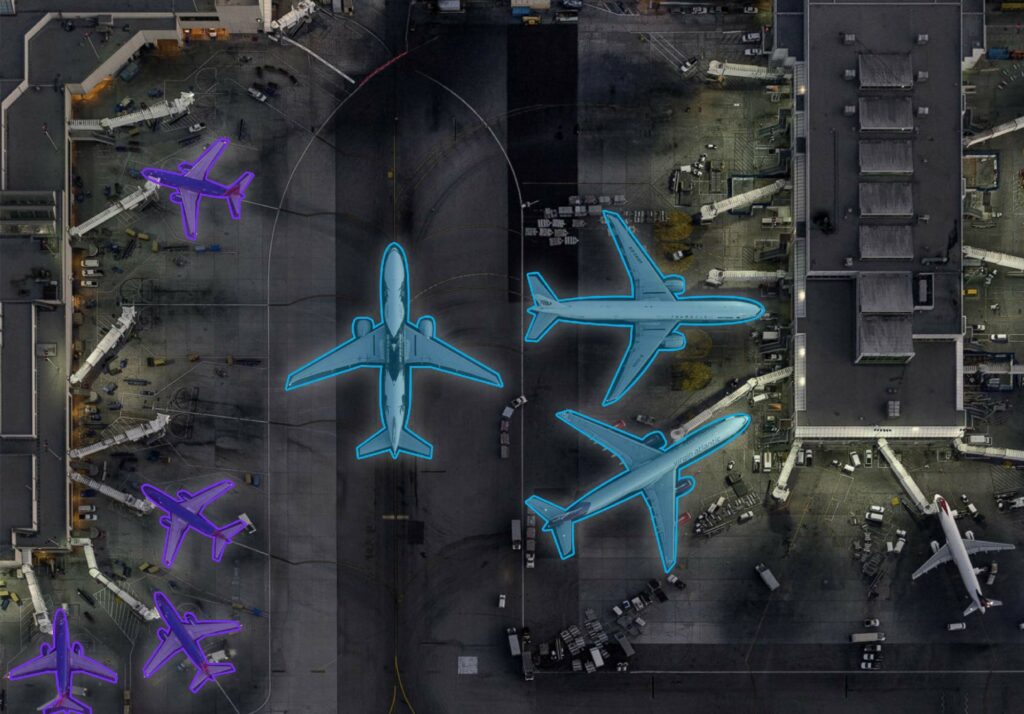
The higher-performance computer vision models are trained with images that were annotated using semantic segmentation. It provides pixel-precise accuracy, as long as segmentation rules to handle blurry and shadowed areas are well-defined together.
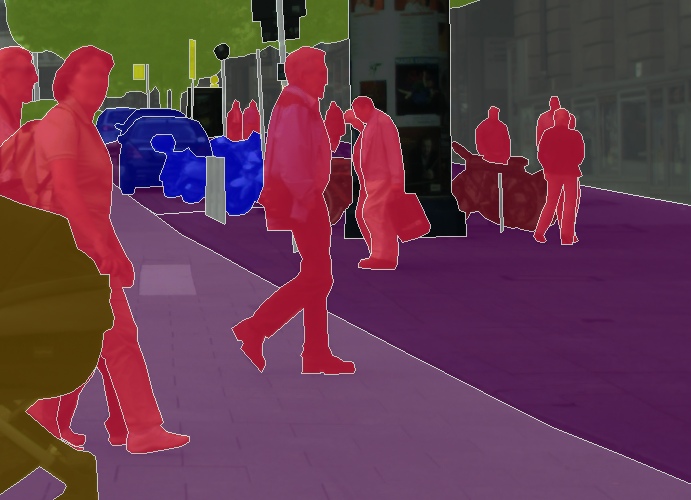
Use 3D Cuboids to add 3D information from 2D images. This segmentation technique is useful to estimate the depth of an object.
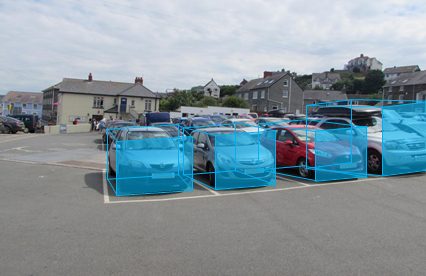
Whether they are installed on autonomous cars, drones or satellites, LiDAR instruments open a whole new world to scene understanding in a 3D environment. Segmentation of point cloud libraries requires custom softwares and can be made more efficient using sensor fusion and clustering techniques.
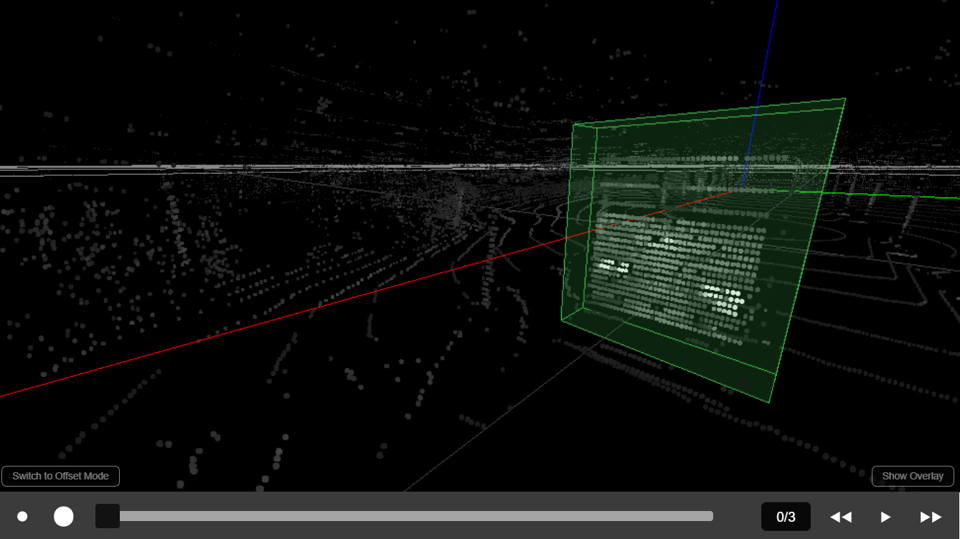
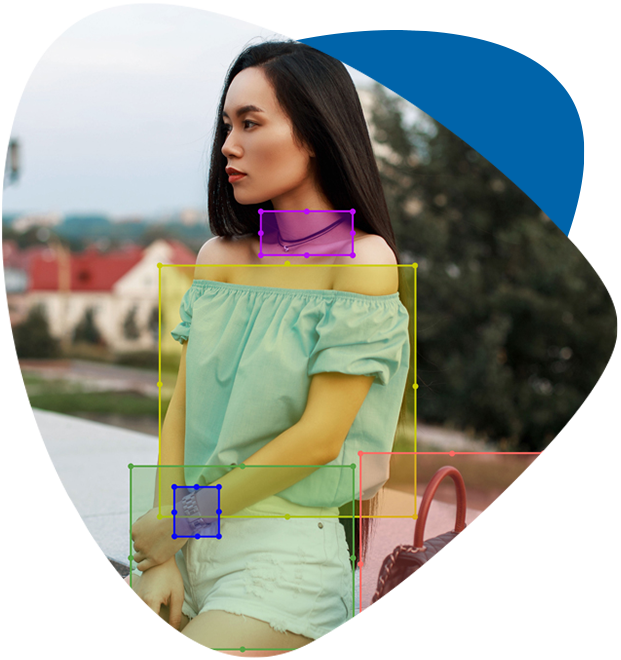

Understanding market trends to lead a luxury brand’s decisions on their future collections.
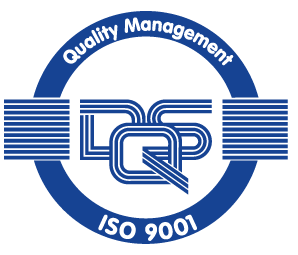
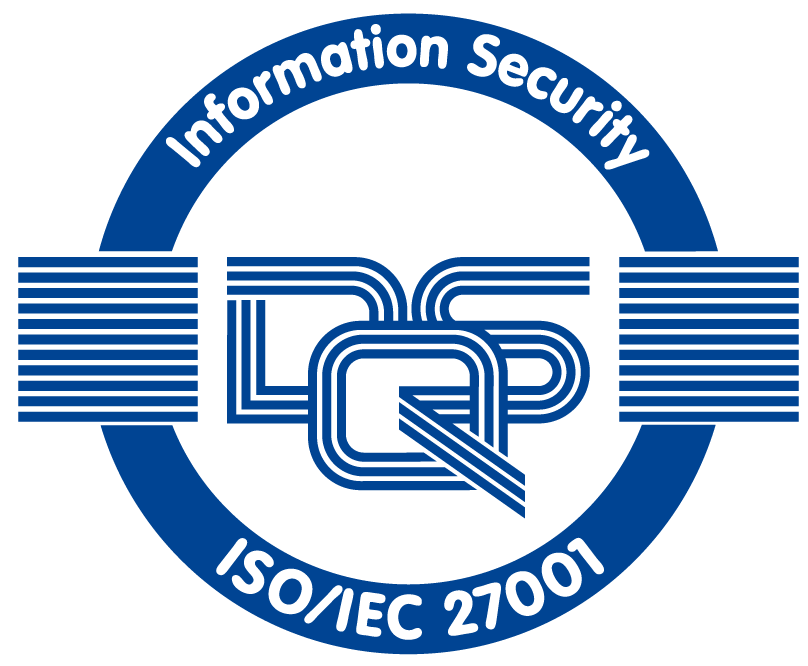
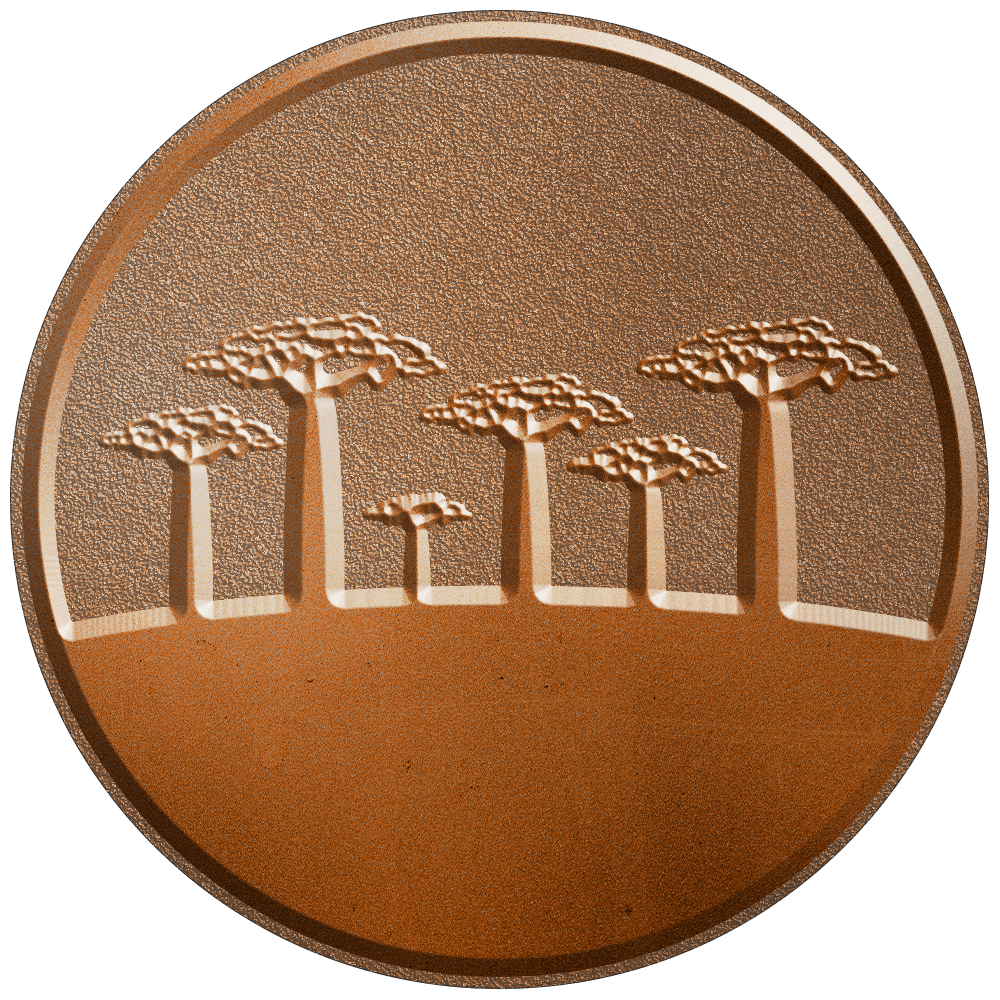
Proudly awarded as an official contributor to the reforestation project in Madagascar (Bôndy - 2024)